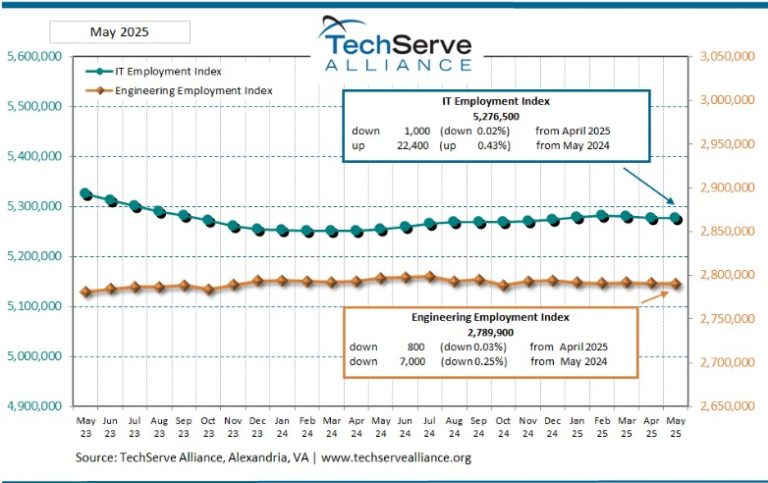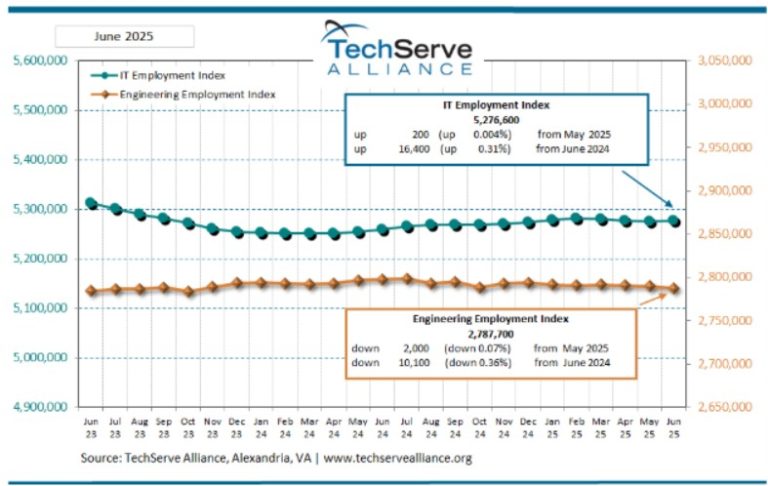The U.S. Bureau of Labor Statistics (BLS) recently released its April Job Openings and Labor Turnover Summary. This month’s reported number of employee quits fell from a record high of 4.5 million in March to around 4.4 million in April. April marks the eleventh consecutive month that more than four million workers left their jobs.
The BLS defines employee quits as a “voluntary separation initiated by the employee”—experts commonly use “quits” as a measure of workers’ willingness or ability to leave jobs.
Despite the slight decrease in total employee quits, the April report reveals that the employee-quit rate held at 2.9%. Industries like real estate and rental leasing saw a slight increase in employee quits while state and local government education decreased somewhat.
In addition to the continued high number of employee quits, the total job openings fell from a record high of 11.55 million in March to 11.4 million at the end of April—outnumbering unemployed workers by 5.5 million.
Other key takeaways from the report include an unchanged hire rate despite the slight decrease in job openings. Additionally, April saw the number of layoffs and discharges edge down to 1.2 million—the lowest recorded level in around 20 years.
Employees continue to leave their jobs voluntarily at record-high numbers; this trend continues as April’s labor report reveals that total employment is also trending upwards generally—indicating that employees are not leaving the workforce entirely but finding new employment.
Employer Takeaway
Despite the slight decrease in employee quits, the trends indicate that the demand for workers remains high, and employers continue to face challenges retaining employees. Many factors influence the high quit rate, including the ongoing pandemic, inflation and a strong market for candidates.
These trends demonstrate that workers likely feel confident enough—due to record-high job openings—to switch jobs for better pay or working conditions. Employers have responded by raising wages and offering competitive benefits and other perks to attract talent in today’s employment landscape.
While the labor market remains competitive, experts largely expect talent challenges to continue. As such, employers should continue to monitor employment trends to stay informed on the evolving market.
Contact TechServe Alliance for more resources.











